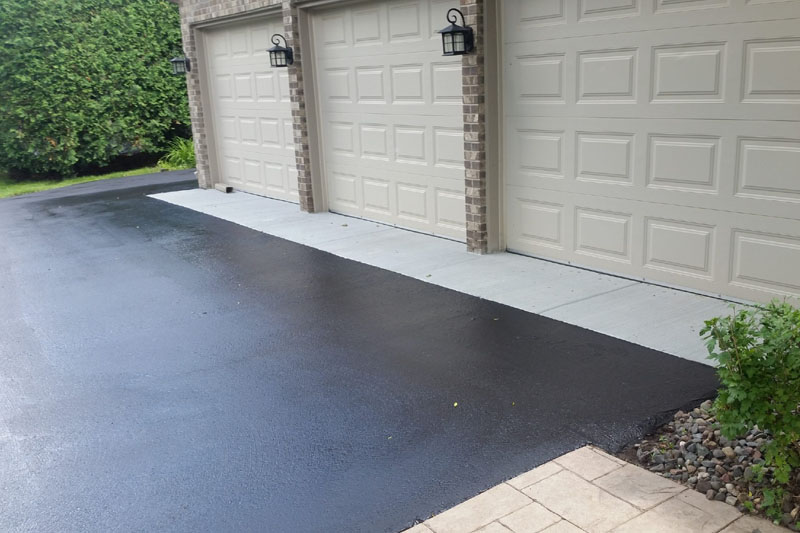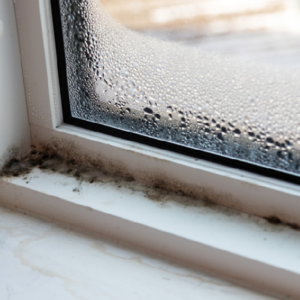How often you should put sealcoating on your asphalt depends on a few things, like how old the pavement is, how much traffic it gets, and the local weather in Las Vegas. There’s no one-size-fits-all answer, but here’s a general guide for property owners:
Let’s see how to decide that Asphalt Sealcoating needed
1. Pavement Age
If your asphalt is new, you don’t need sealcoating for the first 6-12 months. It needs time to set and dry out. After that, you should get it sealed every 2-3 years for the first 10 years. After 10 years, you can do it every 3-5 years. But always check your pavement’s condition to be sure.
2. Level of traffic
The amount and type of traffic that the pavement receives are crucial factors in determining the frequency of sealcoating. High-traffic areas, such as parking lots, roadways, and driveways with heavy vehicle usage, may require more frequent sealcoating due to the increased wear and tear. The constant friction from vehicles can cause the sealcoat to wear off more quickly, reducing its effectiveness in protecting the asphalt surface. Property owners should consider the volume and weight of traffic when determining the appropriate frequency of sealcoating.
3. Climate and weather conditions
The climate and weather conditions can affect the longevity of the sealcoat. The extreme heat and intense sunlight in the summer months can accelerate the deterioration of the sealcoat, making more frequent applications necessary. On the other hand, the occasional rainfall can cause water-related damage to the pavement, making sealcoating more critical. Property owners should consider the local climate and weather patterns when determining the frequency of sealcoating. It is generally recommended to avoid sealcoating during the hot summer months and periods of rain or high humidity, as these conditions can affect the effectiveness of the sealcoat application. To know more see What is the Best Season for Asphalt Sealcoating?
4. Condition of the pavement
The condition of the asphalt pavement is a key factor in determining the need for sealcoating. Regular inspections should be conducted to assess the presence of cracks, potholes, or other signs of damage. If the pavement exhibits significant cracks or deterioration, it may require more frequent sealcoating to protect and extend its lifespan. Property owners should address any necessary repairs before applying sealcoat, as sealcoating alone cannot fix underlying structural issues.
5. Maintenance history
The maintenance history of the pavement can provide valuable insights into the frequency of sealcoating. If the pavement has been well-maintained with regular sealcoating and repairs, it may require less frequent applications. On the other hand, if the pavement has been neglected or has not received sealcoating for an extended period, more frequent applications may be necessary to restore and protect the surface.
6. Budget considerations
While sealcoating is a cost-effective maintenance practice, it is important to consider budget constraints when determining the frequency of applications. Property owners should balance the need for regular sealcoating with their available resources. It is essential to weigh the potential savings from preventing costly repairs and premature pavement replacement against the cost of sealcoating.
In conclusion, the frequency of asphalt sealcoating in Las Vegas depends on various factors, including the age of the pavement, level of traffic, climate, condition of the pavement, maintenance history, and budget considerations. It is recommended to sealcoat asphalt surfaces every 2-3 years for the first 10 years, and then every 3-5 years thereafter.




